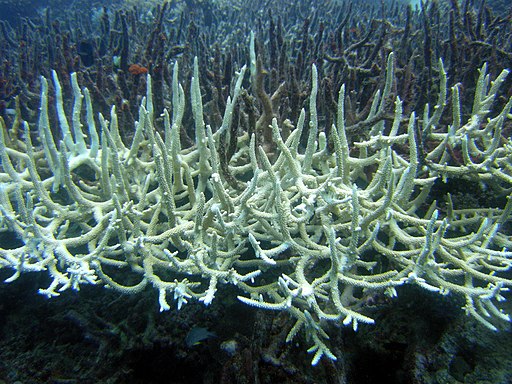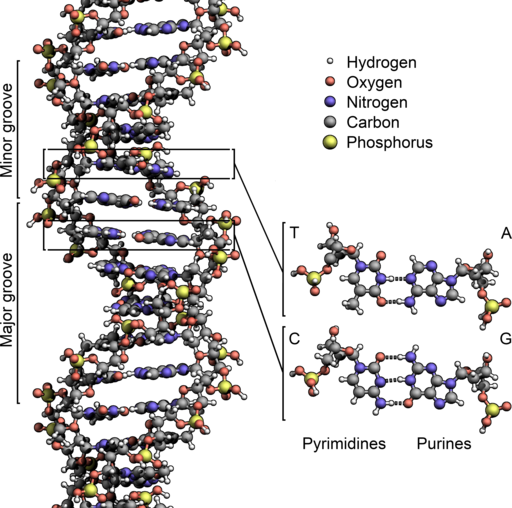As global warming continues to increase the temperature of the atmosphere and water column across our planet, the coral populations in our oceans are decreasing. Normally, to survive, coral hosts microscopic algae in its structure, which provides the coral with the energy it needs to grow. The algae produce glucose through photosynthesis, which the corals use to survive and to build their skeletons. This coral then releases oxygen that the algae takes back in. The stability of this symbiotic relationship is critical to corals’ survival. When a coral loses these symbiotic algae due to increases in water temperature, it causes the coral to turn white, as the coral struggles to meet its energy needs, which can often prove fatal. This phenomenon is called “bleaching.”

Scientists studying coral bleaching have found evidence that some species of coral appear to be adapting to climate change and increasing their tolerance to warming ocean waters by changing the symbiotic algae communities they host. This allows the photosynthetic process to continue and provides them with the energy they need to live. This more resilient species of coral have been found in eastern tropical Pacific places such as Costa Rica, Mexico, and Colombia. These locations are projected to have higher coral cover through 2060. Pocillopora is one such species of coral and is an important genus found within the shallow coral reefs in the eastern tropical Pacific Ocean and the Indian Ocean.
I selected this article for my blog as it embodies several key biological concepts that we have studied and discussed in detail in class this year. These include the photosynthetic process and its important energy-producing biochemical reactions, the various types of successful symbiotic relationships between different organisms, and the role that DNA and genetics play in the evolutionary process of advancing successful biological adaptation.

Consistent with Darwin’s theory of evolution, it appears that Mother Nature, once again, may have found a way to overcome climate change, at least in this specific instance, and we may be witnessing it firsthand!


Leave a Reply